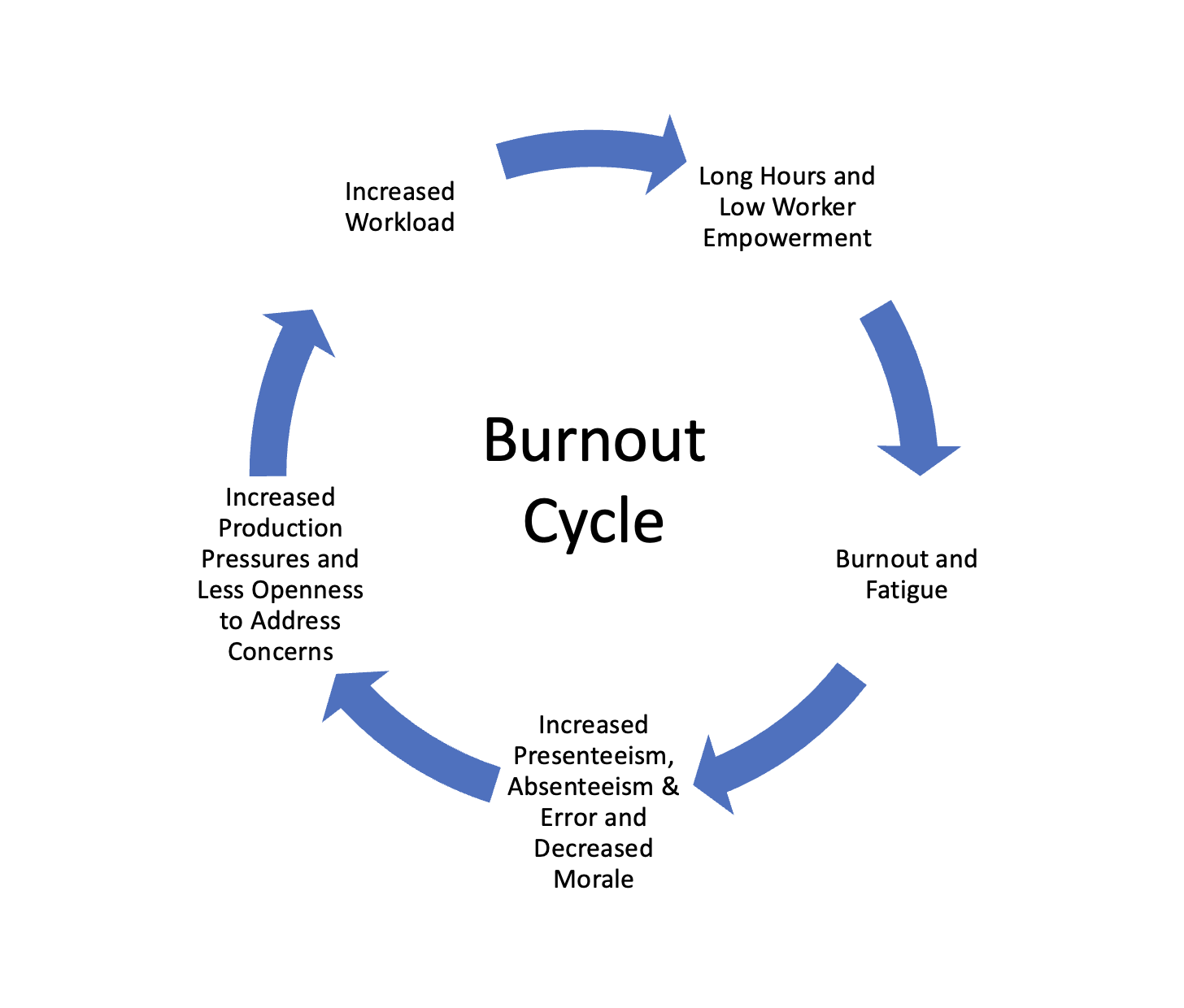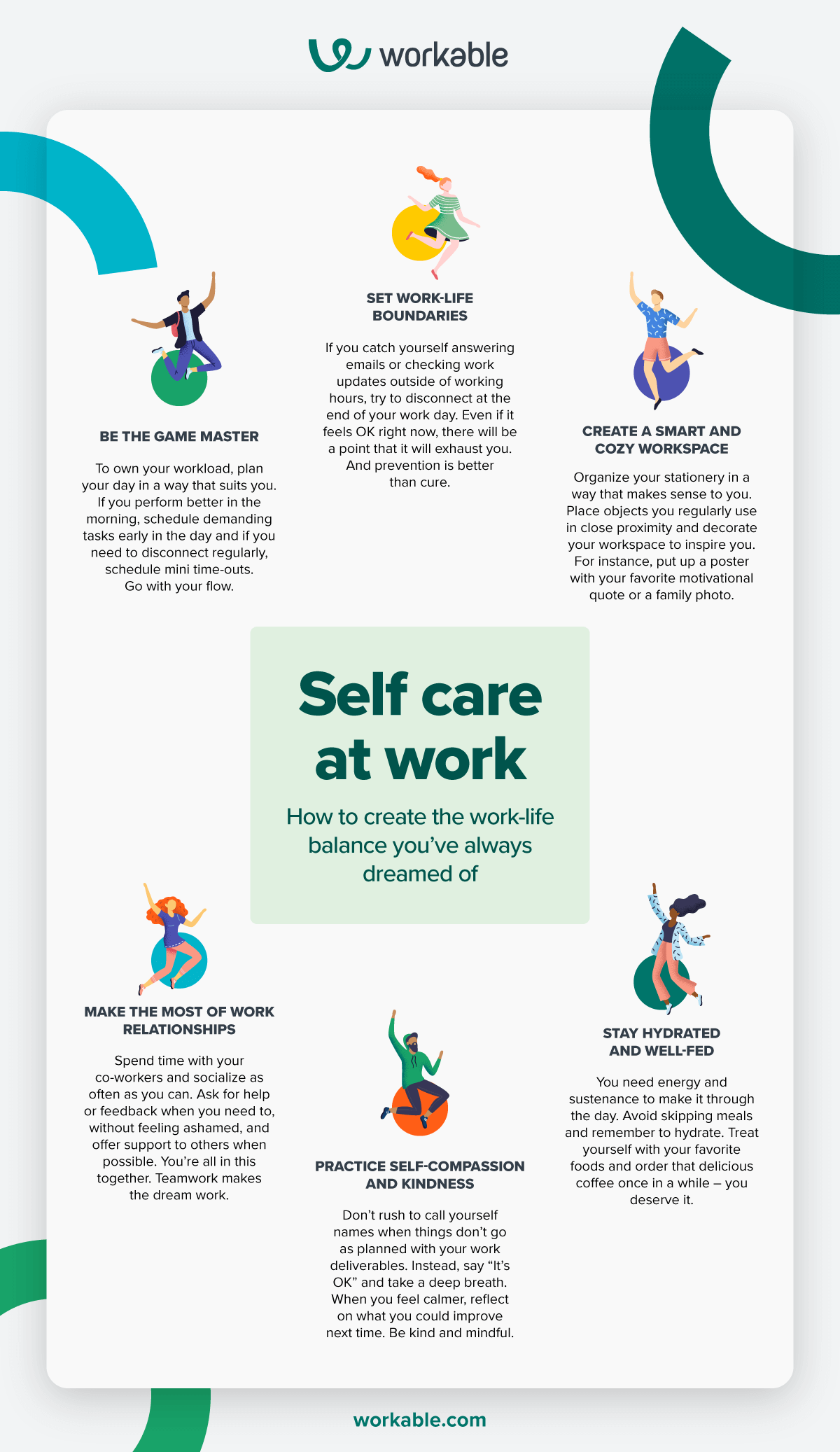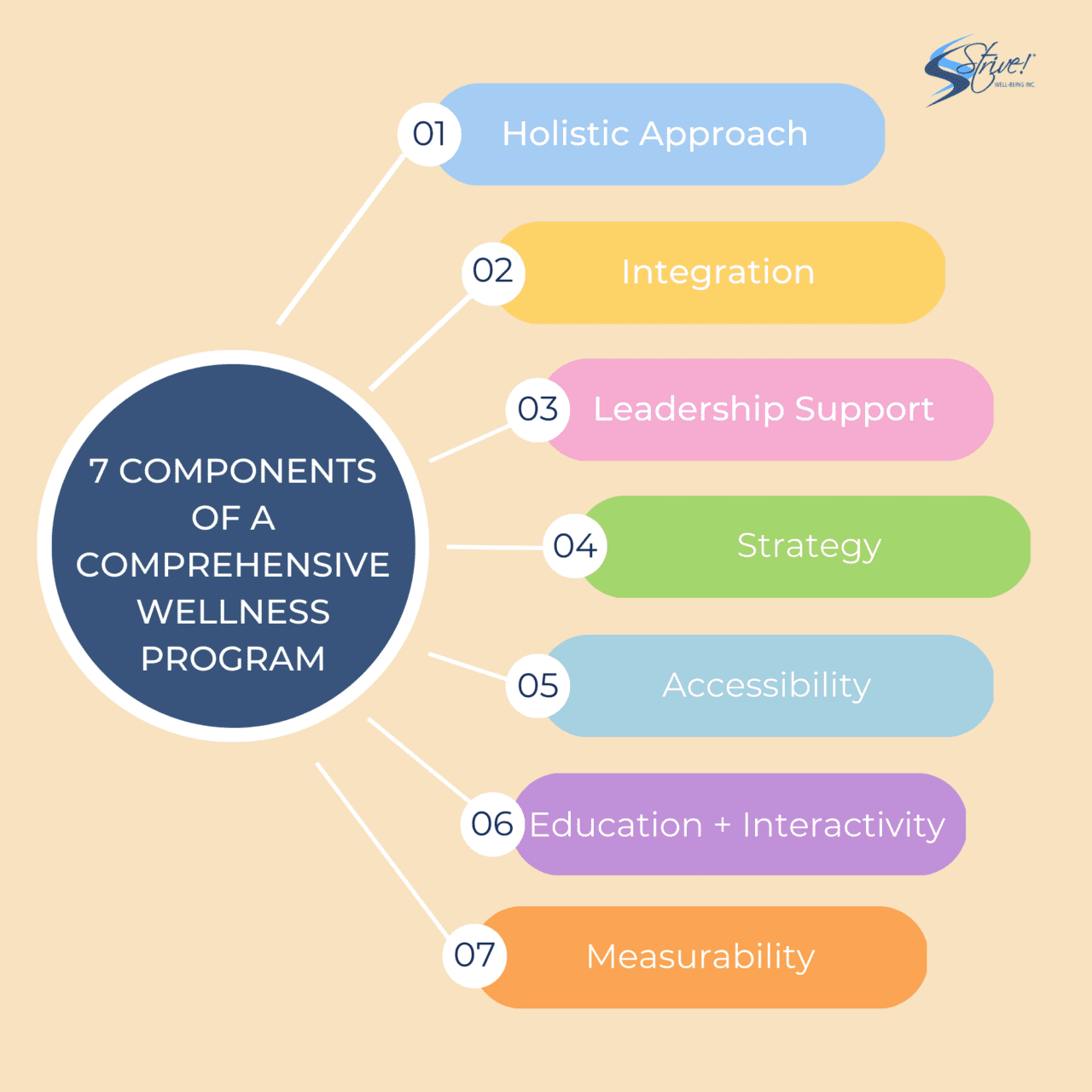Self Care at Work: A Guide to Dealing With Workplace Stress
Date
Jul 03, 24
Reading Time
10 minutes
Category
Others
- Introduction
- Understanding Workplace Stress
- The Impact of Stress: Workplace Stress Effects
- Strategies for Self Care at Work
- Building a Supportive Work Environment
- Conclusion
- Frequently Asked Questions (FAQs)
Table of content

Introduction
Do you know that Indian employees reported the highest rates of burnout at 59%?
According to another survey, 80% of the Indian workforce reported experiencing mental health issues over the past year, with workplace-related stress being identified as a major contributor to issues, costing Indian employers around $14 billion annually due to factors like absenteeism, reduced productivity (presenteeism), and attrition.
In today's fast-paced work environments, the importance of self care at work is more crucial than ever.
From minor irritations to major organizational changes, workplace stress effects can manifest in many ways, impacting employees across all levels. This article is designed to arm you with practical self care at work strategies to reduce these stresses.
Whether you’re experiencing the early signs of workplace burnout symptoms or just looking to maintain your mental wellness, understanding how to apply self care at work can transform your professional and personal life.
Let's explore how simple, effective techniques can help you regain control and find peace in your daily work routine.
Understanding Workplace Stress
Workplace stress is becoming more prevalent, indicated by a continuous feeling of being overwhelmed or struggling to manage the pressures of demanding job conditions. Before diving into self care at work strategies for managing stress, it's crucial to understand what it looks like and how it manifests in the workplace.
Recognizing Workplace Stress Symptoms
Identifying stress begins with recognizing workplace burnout symptoms. Common workplace stress effects include feelings of irritability and a decline in work performance. 77% of employees believe work-related stress induces conditions like anxiety and depression. Physical symptoms might involve headaches, muscle tension, or changes in sleep patterns.
Understanding these signs is the first step in addressing the root causes of stress.

Workplace Stress Examples
Stress at work can arise from various sources, such as tight deadlines, high expectations, long hours, or challenging relationships with colleagues or supervisors.
A typical workplace stress example might involve a project manager experiencing stress when facing unrealistic deadlines for multiple projects or an IT professional feeling overwhelmed by constant demands for tech support alongside their regular duties.
:max_bytes(150000):strip_icc()/how-to-deal-with-stress-at-work-3145273_FINAL-5be9954746e0fb0026a730c3.png)
Assess Your Stress Levels: Workplace Stress Questionnaire
A simple workplace stress questionnaire could involve questions about your feelings towards daily tasks, interactions with colleagues, and overall satisfaction with work conditions.
Responses to such questions can help gauge stress levels and pinpoint specific stressors. Here are a few sample questions that could be included in a workplace stress questionnaire:
- Do you often feel rushed or overwhelmed by deadlines?
- How often do you feel irritable or anxious at work?
- Do you find it difficult to disconnect from work-related thoughts during off hours?
Managers could use such workplace stress questionnaires to assess the stress level of the teams.
Understanding Burnout
Beyond everyday stress, prolonged exposure can lead to workplace burnout symptoms, a more severe and enduring state of mental and physical exhaustion caused by prolonged stress.
Workplace burnout symptoms include a lack of enthusiasm for work, feelings of cynicism towards job responsibilities, and a sense of ineffectiveness on the job.
By recognizing these signs and sources of stress, you can better prepare to implement effective self care at work strategies to reduce stress and improve your work life.
This understanding forms the basis for moving towards a healthier work environment and a more fulfilling professional experience.

The Impact of Stress: Workplace Stress Effects
The workplace stress effects extend far beyond momentary discomfort, influencing both physical health and emotional well-being. Understanding these impacts can emphasize the need for effective stress management strategies and a proactive approach to self care at work.

Physical Health Consequences
Chronic stress in the workplace can lead to a variety of physical health issues.
High-stress levels are often linked to cardiovascular diseases due to increased heart rate and blood pressure. Stress can also weaken the immune system, making individuals more susceptible to illnesses and infections.
Furthermore, stress-related tension can manifest in the musculoskeletal system, leading to chronic pain conditions such as back pain and headaches.
Psychological Effects
The psychological toll of workplace stress is perhaps even more significant.
Constant stress can lead to anxiety and depression, severely impacting one's mental health. Employees suffering from high levels of stress often experience decreased motivation and satisfaction, which can diminish their performance and engagement at work.
This not only affects their career progression but also their everyday happiness and job satisfaction.
Impact on Productivity and Job Satisfaction
From an organizational perspective, the workplace stress effects are equally damaging.
High stress levels among employees can lead to increased absenteeism and higher turnover rates, which in turn can affect the company's bottom line.
Furthermore, stressed employees are likely to experience "presenteeism" — being present at work but not fully functioning due to mental health issues. This state can drastically reduce productivity and effectiveness, harming the overall output of the organization.
Long-term Implications
If left unaddressed, ongoing workplace stress can lead to long-term health problems and chronic conditions, which could necessitate more serious medical interventions and possibly result in prolonged absences from work.
The cycle of stress and ill health can become difficult to break, emphasizing the importance of early intervention and regular self care at work practices.
Recognizing stress's extensive impact is crucial for employees and employers to take the necessary actions to create a healthier workplace. In the next section we will talk about practical self care at work strategies that individuals can adopt to manage workplace stress effects and foster a nurturing and supportive work environment.
Strategies for Self Care at Work
Effective management of workplace stress is crucial not only for maintaining mental and physical health but also for enhancing productivity and job satisfaction.
Implementing self care at work strategies can help mitigate the impacts of stress and foster a more positive work environment. Here are practical ways to integrate self care at work into your daily routine.

Establish Boundaries
One of the most effective strategies for self care at work is to set clear boundaries between work and personal life.
This could mean having designated times when you do not check work emails or messages, or making sure to take full advantage of your allotted breaks.
Setting boundaries helps prevent burnout and allows time for recovery and relaxation.
Develop a Pre- and Post-Work Ritual
Creating rituals to start and end your workday is a practical self care at work strategy that can significantly reduce stress.
This might include a short meditation or breathing exercise before logging in or a quick walk after work to help transition back into personal life.
These rituals can serve as anchors for your workday, offering mental signals that help differentiate your professional time from your personal time.
Prioritize Tasks
Use tools and techniques such as the Eisenhower Box or the Pomodoro Technique to prioritize tasks and manage time effectively.
This helps in reducing the feeling of being overwhelmed and ensures that you are focusing on what is most important, reducing procrastination and stress over looming deadlines.
Take Regular Breaks
An important self care at work strategy is to make it a habit to take short breaks throughout the day to step away from your desk.
These breaks can be used for stretching, a short walk, or a mindfulness session. Regular breaks not only help reduce physical strain but also clear your mind, boost creativity, and improve focus.
Cultivate a Supportive Workspace
Encourage open communication about stress and mental health within your team.
This could involve regular check-ins with colleagues and supervisors to discuss and manage workloads effectively.
Building a supportive work culture helps reduce stigma around stress and encourages more proactive management of mental health.
Engage in Physical Activity
If possible, include daily physical activity in your self care at work routine.
This could be a gym session during lunch, a yoga class, or even desk exercises. Physical activity is proven to reduce stress and improve mood by releasing endorphins, known as the 'feel-good' hormones.
Practice Mindfulness and Relaxation Techniques
Mindfulness and relaxation techniques such as deep breathing, progressive muscle relaxation, or guided imagery can be powerful self care at work tools for managing stress.
These practices help center your thoughts and reduce the physiological effects of stress.
Seek Professional Help When Needed
If you find that stress is becoming unmanageable, consider seeking help from a professional counselor or therapist.
Many organizations offer employee assistance programs that provide counseling services, which can be a valuable self care at work resource.
By integrating these self care at work strategies into your daily routine, you can significantly improve your ability to handle workplace stress and enhance your overall well-being.
Remember, self care at work isn't just about managing stress; it's about creating a sustainable and enjoyable work life.
Suggested Reading : How to Enhance Work-Life Balance for Your Team
Building a Supportive Work Environment
While individual efforts to manage workplace stress are essential, the role of the organization is equally critical. Employers can implement several self care at work strategies to help create a healthier work environment that promotes well-being and reduces stress.
Promote a Culture of Open Communication
Encouraging open communication about workplace challenges is as crucial as daily self care at work routine.
Organizations should create avenues where employees feel safe to discuss their stress and mental health issues without fear of judgment or reprisal.
Regular meetings, anonymous feedback tools, and mental health days can foster this culture.

Provide Resources and Training
Companies can offer resources and training focused on stress management and mental health.
Workshops on time management, mindfulness, and conflict resolution can empower employees with the tools they need to manage stress effectively.
Additionally, providing access to professional mental health services through employee assistance programs can support those who may need more specialized help.
Flexible Work Arrangements
Flexible working hours and the option for remote work can significantly reduce stress for many employees.
By allowing employees to work from home or adjust their hours, employers can help them better manage the balance between personal responsibilities and work demands, ultimately reducing stress levels.
Suggested reading : Importance of Work-Life Balance for Your Health & Productivity

Encourage Regular Breaks and Downtime
Employers should encourage employees to take regular breaks throughout the day as a part of self care at work routine.
This can be facilitated by creating relaxing break rooms or quiet spaces where employees can step away from their work environment.
Regular downtime helps prevent burnout and keeps productivity levels high.
Develop Health and Wellness Programs
Implementing health and wellness programs into employee self care at work routines that promote physical activity and healthy living can have a significant impact on reducing workplace stress.
Activities like yoga, meditation sessions, and fitness challenges improve physical health and promote mental well-being.

Supportive Leadership
Leaders play a key role in modeling healthy behavior and setting the tone for the workplace culture.
Training for managers to recognize the signs of stress and burnout in their teams is vital.
Supportive leadership that encourages teamwork and recognizes employee efforts can alleviate stress and boost morale.
Regular Review of Workloads
Overloading employees can lead to high stress and burnout.
It’s important for managers to regularly review the workloads of their teams and adjust them if necessary to ensure they are manageable. Open dialogue about work expectations and deadlines can also help in balancing workloads effectively.
By adopting these self care at work strategies, organizations not only enhance the well-being of their employees but also improve overall productivity and job satisfaction.
Creating a supportive work environment is an ongoing process that requires commitment from all levels of the organization. Employees and employers can cultivate a more supportive, stress-free workplace by working together.
Conclusion
In conclusion, in the battle against workplace stress, the importance of self care at work cannot be overstated.
Whether through establishing boundaries, prioritizing tasks, or practicing mindfulness, these strategies are essential for maintaining both mental and physical health.
Moreover, employers have a crucial role in fostering a supportive work environment that promotes well-being and reduces stress. By encouraging open communication, providing resources, and ensuring flexible work conditions, organizations can help reduce stress and enhance productivity.
Together, individuals and companies can create a more balanced, healthy, and productive workplace.
Recognizing the detrimental effects of workplace stress on productivity, Relinns Technology goes beyond traditional measures by fostering a culture where employees feel supported and valued. Central to this culture are regular recreational activities such as carrom and foosball tournaments, which serve as enjoyable respites from daily responsibilities while strengthening team bonds and promoting relaxation.In essence, Relinns Technology's commitment to balancing career growth with employee happiness exemplifies its dedication to creating a workplace that values both professional development and personal fulfillment. By prioritizing a stress-free and engaging atmosphere through thoughtful initiatives, Relinns not only enhances job satisfaction but also ensures sustained productivity and long-term success in an increasingly competitive market.

Frequently Asked Questions (FAQs)
What are effective strategies for implementing self care at work?
Implementing self care at work can involve regular breaks, a dedicated quiet space for relaxation, and encouraging a culture of respect towards personal time boundaries. These strategies can significantly reduce the effects of workplace stress.
How can a workplace stress questionnaire help in managing stress?
A workplace stress questionnaire can identify stress levels and sources within the workplace, enabling tailored interventions. Regular use can track stress trends and the effectiveness of strategies put in place to mitigate workplace stress effects.
What are common workplace burnout symptoms to look out for?
Common workplace burnout symptoms include chronic fatigue, decreased motivation, irritability, and a sense of ineffectiveness. Recognizing these early can prompt necessary self care at work to prevent further mental and physical health decline.
Can you give some workplace stress examples and how to address them?
Ans. Workplace stress examples include unrealistic deadlines, high workloads, and conflicting demands. Addressing these can involve clear communication, realistic goal-setting, and ensuring adequate resources are available to manage the effects of workplace stress.
What impact do workplace self care stress effects have on dynamics and productivity?
The workplace stress effects can lead to reduced productivity, increased absenteeism, and a high turnover rate. Addressing stress through self care at work and management support can enhance employee satisfaction and efficiency.





